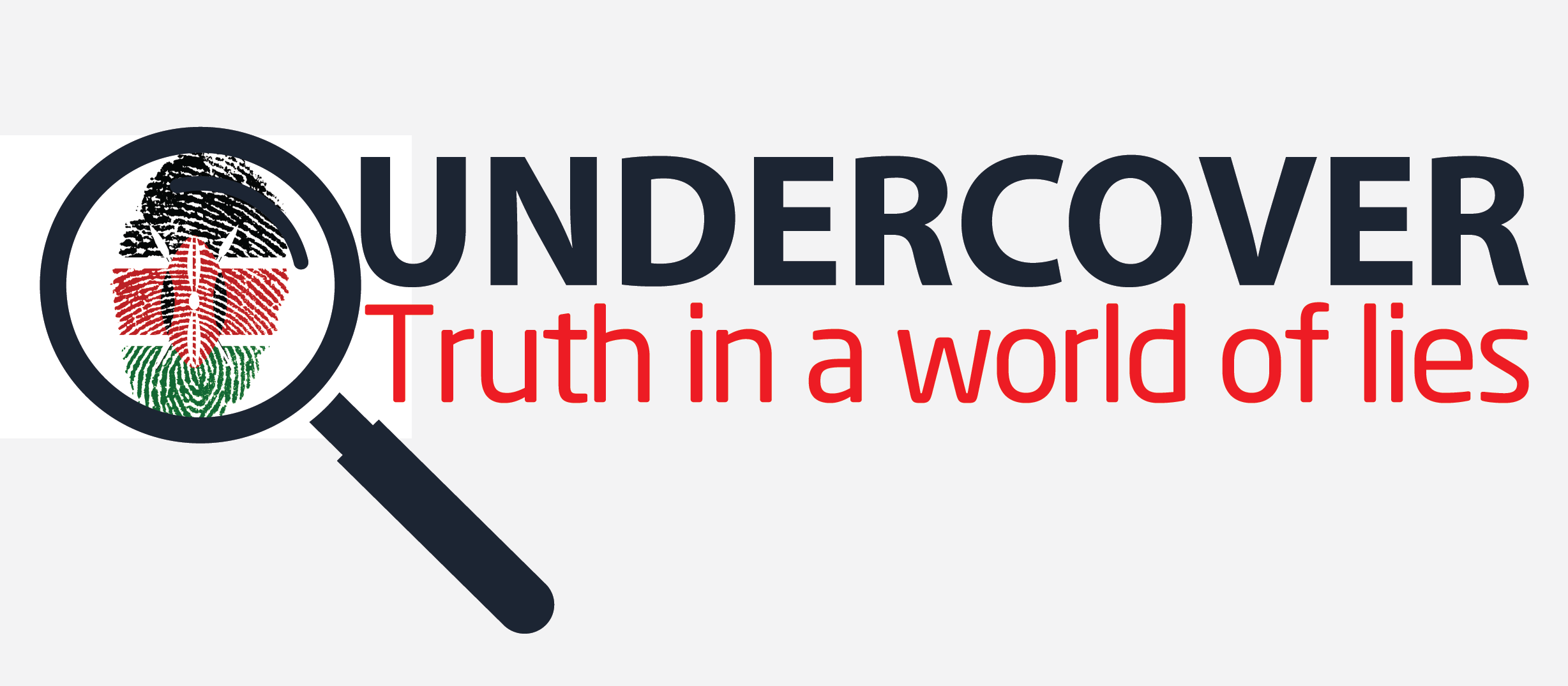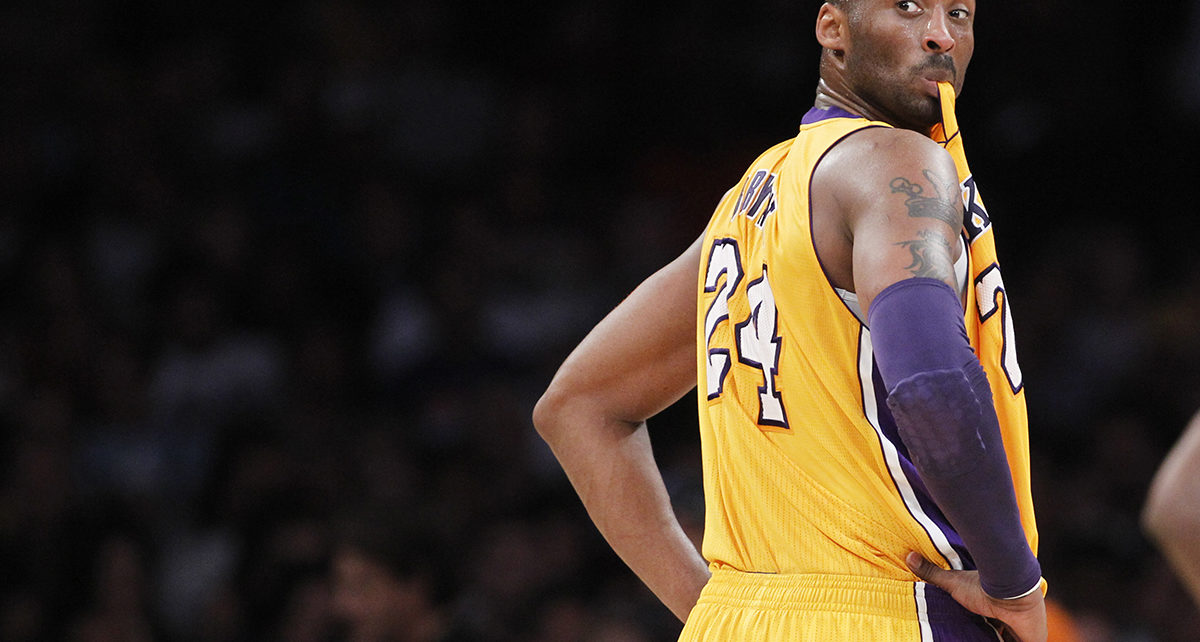Those born in the 1990s might find it funny that most Sunday afternoons were spent watching NBA on KTN
By Idris ‘Shoes’ Lule
Sports Correspondent
@Undercover KE
He was so famous he did not need a surname. Like Oprah, Obama and Beyonce, you had to know who Kobe was, and if you didn’t, now you know he perished in a helicopter crash this January. The American basketball star was 41.
Kobe Bryant is tied at the hip with Kenyan basketball fans of a certain generation. And Kenyan mothers, wives and girlfriends would love for the return of basketball as a weekend pastime for the men in their lives. Basketball influenced not only fashion, matatu culture, leisure time and TV programming but also how men loved after watching Love & Basketball featuring Omar Epps.
Unlike soccer, the English Premier League which takes men to sports bars where they drink rent and bride price money, basketball was watched indoors and on KTN-the only private television station at the height of its popularity in 1990s Kenya.
Owned then by Jared Kangwana, KTN was holed up at Nyayo House would you believe it. Politician Raphael Tuju read the news but it was Jeff Koinange who got tongues wagging with his twanged pronunciation of names. While KTN had local presenters, programs were mostly foreign: Neighbours, Knots Landing, Sunset Beach, The Young & the Restless.
Celebrity gossip was the love life of basket stars in the NBA, their mega homes and eye watering salaries
KTN had Continuity Announcers like Lydia Manyasi, Esther Mbondo, musician and later Pastor Pete Odera and Jimi Gathu who updated viewers on upcoming programs and on Sunday afternoons it was NBA Today.
For that, basketball fans gathered in the home with a 21 inch colour television set after lunch for a treat of the dribbles, dummies and the impossible three pointers and daredevil dunks. For refreshments, it was juice or homemade fruit punches.
Celebrity gossip was the love life of basket stars in the NBA, their mega homes and eye watering salaries.
So, when Magic Johnson, the main event at Los Angeles Lakers announced he was HIV positive in 1991, it was the equivalent of a Kenyan president dying from being strangled with a maize cob at State House.
Memories of basketball as a Kenyan sports craze came flooding after the sad news on January 27 that NBA poster boy Kobe Bryant had perished in a chopper crash in California. He died with eight others including his daughter, upcoming 13 year old basketball star Gianna Bryant.
Kobe burst into the NBA in 1996 when Kenyans were getting tired of watching Football Made in Germany where they followed the fortunes of Bayern Munich, Borussia Dortmund and Bayer Leverkusen on KBC television which also screened Italian Football.
Kenyans knew more about Inter and AC Milan, Napoli and Juventus than Man-United. Actually, Crystal Palace and Sheffield Wednesday were more famous. And so was Liverpool and Blackburn Rovers, but their fans could have filled one balcony of a two bedroomed house in Umoja estate!
NBA Today on KTN was thus a breath of fresh air when Kobe was signed in at just 18, a fresher from high school who gave college a miss for a stab at a basketball career when the NBA was being turned into a money making sports machine: From earning $1 million (Sh100 million) annually in 1996, Kobe died worth $700 million (Sh70 billion) in salary and endorsements over 20 seasons, according to Forbes magazine.
Kobe became among the highest paid players in the NBA courtesy of the ‘circus of promotion,’ in which sports stars became cogs in the commercial wheel of advertising campaigns, product endorsements, club and league sponsorships via lucrative franchising and television broadcast rights.
A pair of brand new Air Jordan Nike shoe cost Sh3, 000 in 1992…28 years ago
By combining their court prowess with their off the court persona, sports stars were turned into marketable brands. Michael Jordan, for instance, became the Mozart at Nike, the sport shoes and apparel makers.
In his 2005 book, The Sports Star: Modern Sport and the Cultural Economy of Sporting Celebrity, Barry Smart notes that in attaching its corporate persona to the image of Michael Jordan, Nike not only gave its shoes a global visibility, but also his club, Chicago Bulls, the NBA, basketball and in the process, elevated Jordan to a promotional icon including here in Kenya where a pair of brand new Air Jordan Nike shoe cost Sh3, 000 in 1992…28 years ago!
Kobe’s entry, though, was sandwiched among other superstars in the NBA: the defensive Dikembe Mutombo, the unguardable ‘Dream Shaker’ Hakeem Olajuwon, kamikaze Shawn Kemp, top pivot Alonzo Mourning, corner jumper Karl Malone, the offensive Patrick Ewing, power forward Charles Berkley, slasher Scottie Pippen and the mercurial Dennis Rodman, a rebounding machine. Then there was Shaquille O’Neal, the biggest, strongest and baddest of behemoths who broke backboards!
But Kobe held his own when he moved to Los Angeles Lakers which alongside the Chicago Bulls was the equivalent of Man-United and Arsenal, Real Madrid and Barcelona, Gor Mahia and AFC Leopards, Yanga and Simba.
Realizing the popularity of the NBA and basketball in Kenya, the Coca-Cola company established basketball hoops as shooting ranges using Sprite as title sponsor with its ‘Obey Your Thirst’ slogan. It was not uncommon to see endless swooshing most evenings and weekends in most estates.
Wearing baggy BB shots, vests and sneakers was high fashion in clubs at night. Mtumba traders did roaring business selling the red jersey number 23 of Michael Jordan.
Nairobi matatus took the cue. They had basketball rims at the rear when the film, Above the Rim was released starring Tupac Shakur in 1994. It was the height of hip-hop and basketball. Most mathrees were decorated in the team colours of popular NBA sides mostly Chicago Bulls with the image of its icon, Michael Johnson and Orlando Magic who had then signed Shaquille O’Neal who later moved to Lakers and his pairing with Kobe made for a formidable duo.
Nairobi estates got deserted if it was Chicago Bulls squaring it out with LA Lakers-where Kobe Bryant ended his career in 2016 with five championships under his number 24 jersey which was later retired.
The NBA Slam Dunk Championships were just the mother. Think of the UEFA Champions League being played by one player at a time. It involved flying halfway through the court for a slam dunk starring the pirouetting in mid-air via gravity defying moves.
Kenny Smith of the Sacramento Kings, was memorable when he won with his signature dunk: turning his back to the basket, bouncing the ball backwards between his legs and off the board before turning and grabbing it in the air for a reverse dunking. Pure magic!
But the popularity of basketball faded with the entry of the English Premier League
Basketball made many youth in city estates keep off crime. Teams emerged the most formidable being the Buru Crusaders with great players like Ronnie Swaka, Oscar Pudo, Omari Sengo, Josh Rutuna, Abrush Muthoga, T9, Tiny, The Malasy brothers, Bo, Bokande, Patric Musimba, Dj Mato Makasy, Fusheng and Charles Gitonga who starred in the basketball film Air Up There.
But the popularity of basketball faded with the entry of the English Premier League and with it, sports bars in most estates at the turn of the Millennium in 1999.
Before then, Kenyans hardly watched English football as it was hardly screened here. Instead of Man-City, Liverpool, Chelsea or Wazito FC, Kenyans followed the fortunes of Cleveland Cavaliers, Houston Rockets and Detroit Pistons.
In their 1992 book, More than a Game: Sport in our Time, David Teasdale, David Wickham and Sebastian Coe notes that the English League was too rough, masculine and stained with hooliganism. But things were turned around when research showed women and children fans would change its image. Stadium seats were sponged for female bottoms. Drank fans were smoked out, containing hooligans. Families could watch matches seated.
Then came the hype created by aggressive marketing for endorsements and product branding which created lucrative salaries attracting the best footballers and coaches like Arsene Wenger, Jose Mourinho and Rafael Benitez. They ushered in eras of technical and tactical revolutions in English soccer.
A rainbow coalition of footballers turned the hard tackling, speedy English soccer into feisty touches from Spanish footballers, the stump-thighed wizardly of South Americans and the sinewy, double shuffle dribbles from African footballers. But for credit, give it to Man-United’s Eric Cantona. He was EPL’s first revelation, bringing stylistics artistry at the touch lines. Balls could be passed through the centre, not flanks as was the case before. Other teams looked for their Cantona equivalents. Arsenal sourced Thierry Henry, Dennis Bergkamp. Chelsea had Zola. The EPL changed forever.
English soccer was transformed from sports to visual entertainment
For viewers, the camera angles were deliberately placed close to the pitch with crowd mics making one feel like they’re right on the terraces at Old Trafford.
English soccer was transformed from sports to visual entertainment. That which is good to the eye attracts television and with it, broadcast rights that made English football bigger business than agrochemicals and the auto industries. In the fullness of time, it supplanted the NBA in Kenya as the most popular of weekend pastimes.
But that did not stop Kobe Bryant from employing his aggressive individualism that saw him score last minute three-pointer match winners for Lakers and cementing his immortality to the top 10 best basket ballers of all time. This Hall of Famer is NBA’s third highest scorer, a legend they called Black Mamba.
Two years before his retirement in 2016, he founded Kobe Inc; his investment arm and Bryant-Stibel, a venture capital fund. Through Bryant-Stibel’s $100 million (Sh10 billion) seed money, Kobe invested in media, technology and data companies. But he hit the Mother Lode when he pumped $6 million (Sh600 million) in BodyArmour, a sports drink maker.
Just last August Coca-Cola acquired a stake in BodyArmour which pushed its valuation to $2 billion (Sh200 billion) for which Kobe’s stake rose to Sh20 billion before taxes. His business forays after retirement is something Kenyan sports stars especially footballers can learn from.
RIP Kobe Bryant!

